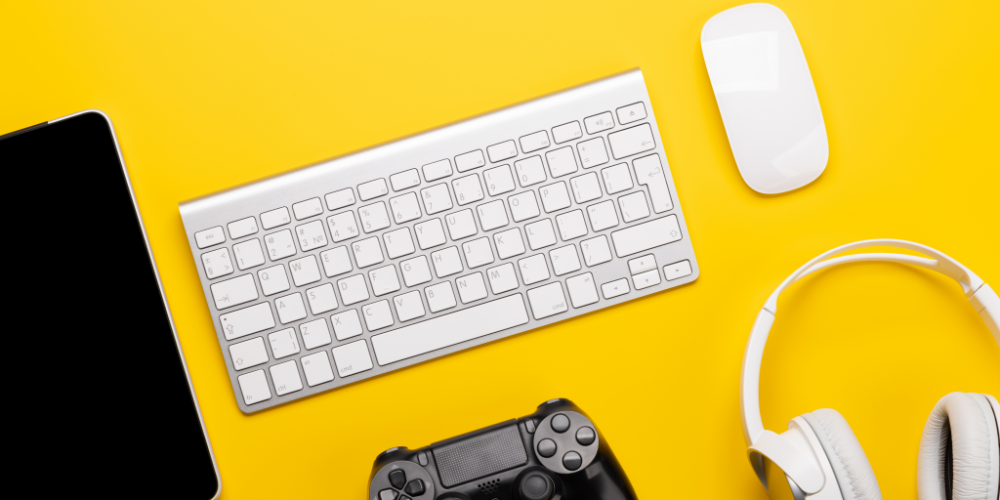Mastering Unreal Engine: A Beginner’s Guide to Creating Your First Game
- 2024-03-07 14:20

The world of game development is as exciting as it is vast, presenting both opportunities and challenges to newcomers. Unreal Engine, developed by Epic Games, stands at the forefront of game development technologies, offering powerful tools and features that enable both professionals and beginners to bring their visions to life. It is designed to walk you through the steps of creating your first game with Unreal Engine, covering foundational information, setting up your environment, basic gameplay mechanics, visual and audio assets, and finally, publishing your game. Whether you’re a hobbyist looking to develop a game for the first time or a student aiming to enter the game development field, this guide provides detailed insights to kickstart your journey in game creation using Unreal Engine.
Understanding Unreal Engine
As an open and advanced real-time 3D creation tool, Unreal Engine's robust capabilities make it a preferred choice for industry professionals in game development, architecture, film, and virtual production. Before diving into your first project, familiarize yourself with the core concepts of Unreal Engine, such as Blueprints Visual Scripting, the Asset Browser, and the significance of the Game World Editor.
Familiarizing with the Interface
Upon launching Unreal Engine, you’ll encounter the main interface divided into several key areas: the Toolbar, the Modes Panel, the Content Browser, the World Outliner, the Details Panel, and the Viewport. Take your time exploring these components.
- The Toolbar provides quick access to common commands such as saving your project or playing the game you're developing.
- The Modes Panel contains tools for creating and modifying gameplay elements, including landscapes, characters, and interactive objects.
- The Content Browser lets you manage your game’s assets like meshes, textures, and sounds.
- The World Outliner displays a hierarchical list of objects in the scene, allowing for easy selection and organization.
- The Details Panel shows properties of selected objects, facilitating customization and fine-tuning.
- The Viewport is the window into the game world where you can interact with and visualize your project in real-time.
Setting Up Your First Project

Starting your first project in Unreal Engine involves several critical decisions that will affect the development workflow. These include choosing a project template, selecting the right settings for your project, and understanding the basic structure of an Unreal Engine project.
Choosing a Project Template
Unreal Engine offers a variety of project templates that cater to different types of games and applications. These templates provide a starting point with pre-configured settings and assets. For beginners, the ‘First Person Shooter’ or ‘Third Person’ templates can be an excellent starting point as they include the essential components needed for a basic game.
Configuring Project Settings
After selecting a template, you’ll be presented with options to configure your project’s settings, such as target platform (e.g., PC, console, mobile), graphics quality, and whether to include starter content. Starter content is a collection of assets that can be used to beautify your game world without needing to create every asset from scratch.
Understanding Projects and Files
Unreal Engine projects are composed of various files and folders. The most important among these are the ‘.uproject’ file, which stores project settings, and the ‘Content’ folder, which houses all the assets used in your project. Familiarizing yourself with the project structure is crucial for efficient navigation and asset management.
Creating Basic Gameplay Mechanics
Gameplay mechanics refer to the rules and systems that guide interaction within the game world. This includes player movement, object interaction, and game progression. Using Unreal Engine’s Blueprints Visual Scripting system, you can create gameplay elements without writing traditional code.
Implementing Player Movement

Player movement is fundamental to most games. In Unreal Engine, you can use a Character blueprint, a template that comes with basic movement functionality such as running, jumping, and crouching. By customizing the Character blueprint, you can define your game’s movement mechanics, like speed changes, flight, or teleportation.
Adding Interactive Objects
Interactive objects are elements within the game world with which the player can interact, such as doors, levers, or collectibles. Customizing objects’ behaviors when interacting with them involves creating Actor blueprints and defining interactions through the Event Graph within the Blueprint Editor.
Designing Game Progression
Game progression logic defines how a player moves through the game, from start to finish. This includes unlocking levels, updating scores, or managing player lives. This logic is implemented in Game Mode and HUD (Heads Up Display) blueprints. The Game Mode blueprint determines the rules of the game, while the HUD blueprint designs the on-screen interface the player interacts with.
Incorporating Visual and Audio Assets
A compelling game requires engaging visuals and audio. Unreal Engine provides ample support for integrating such assets to create immersive environments.
Creating and Importing Assets
You can create assets like textures, models, and animations using third-party tools (e.g., Blender, Adobe Photoshop) and import them into Unreal Engine. Additionally, the Unreal Marketplace offers a wealth of ready-to-use assets.
Designing the Game Environment
Level design in Unreal Engine is facilitated by the Level Editor. You can use it to place and arrange assets within the game world, creating landscapes, buildings, and interiors. Lighting and atmospheric effects are crucial for setting the right mood and are adjustable through the Environment Editor.
Adding Sound Effects and Music

Sound is integral to game immersion. Unreal Engine allows for the incorporation of sound effects and background music through the use of Audio Components and Sound Cues. These tools enable you to control audio playback behavior, such as looping, volume, and spatialization.
Publishing Your Game
Once you’ve completed your game, Unreal Engine facilitates the process of packaging and publishing it on various platforms.
Packaging Your Game
Packaging compiles and prepares your game for distribution. This process involves compiling your blueprints and assets into a format that can be executed on the platform. Unreal Engine’s Project Launcher provides an easy-to-use interface for this phase, allowing you to configure settings like output directory and target platform.
Distributing Your Game
After packaging, your game is ready for distribution. You can choose to self-distribute your game through your website, submit it to digital distribution platforms like Steam or Epic Games Store, or even target mobile platforms like the Apple App Store or Google Play Store. Each option has its requirements and submission process, so research these in advance.
Final Thoughts and Further Learning
Creating your first game with Unreal Engine is an enriching experience that teaches the fundamentals of game development, from conceptualization to distribution. As you progress, continually explore advanced features of Unreal Engine and engage with the community via forums, tutorials, and online courses. Remember, game development is a journey of constant learning and experimentation. Enjoy the process, and welcome to the exciting world of Unreal Engine game development!


